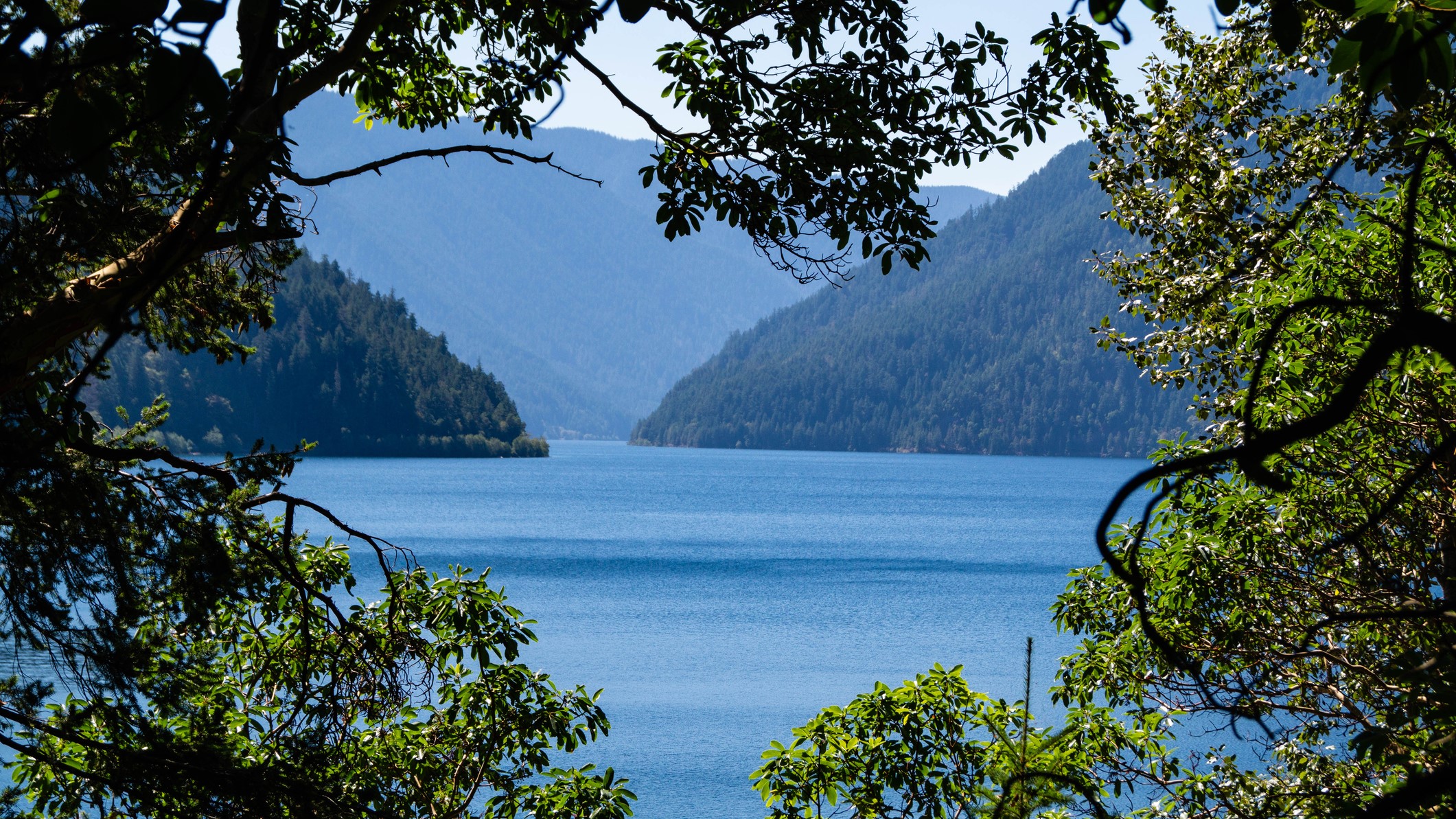
A man from Minnesota has died after seemingly misjudging a dive at Olympic National Park and being unable to reach the shoreline after hitting the water.
Komo News reports that the man, who has been identified as 43-year-old Tou Yang, was visiting Crescent Lake when he attempted to dive into the popular Devil's Punchbowl area. Yang completed the dive, but found himself unable to climb out afterwards, and went under the water.
"Law enforcement responded with two patrol boats and began searching the area," said the National Park Service in a statement. "The Jamestown S'Klallam Tribe Public Safety and Natural Resource dive team joined the search and were able to locate and recover Yang’s body four hours later."
Cliff diving safety
Lake Crescent is a glacially carved lake known for its clear waters, and is over 600 feet deep. Devil's Punchbowl, located on the lake's north shore, is 100 feet deep, and is a common site for cliff diving. The biggest danger is hitting the rocks below, or colliding with debris in the water. Hitting the water badly can also cause injury, particularly if you 'pancake' (hit the water horizonally).
Because the lake is glacier fed, there's also a risk of shock from the cold water, which can impede your ability to move in the water, and affect your heart and breathing rate. To learn more, check out our guide on how to avoid cold water shock.
"Swimmers are encouraged to use a buddy system while on the water, use a life jacket, and understand the risks of hidden hazards of natural waters – rocks, vegetation, currents, and waves," said the NPS. The incident is currently under investigation.
All the latest inspiration, tips and guides to help you plan your next Advnture!

Cat is the editor of Advnture, She’s been a journalist for 15 years, and was fitness and wellbeing editor on TechRadar before joining the Advnture team in 2022. She’s a UK Athletics qualified run leader, and in her spare time enjoys nothing more than lacing up her shoes and hitting the roads and trails (the muddier, the better), usually wearing at least two sports watches.
